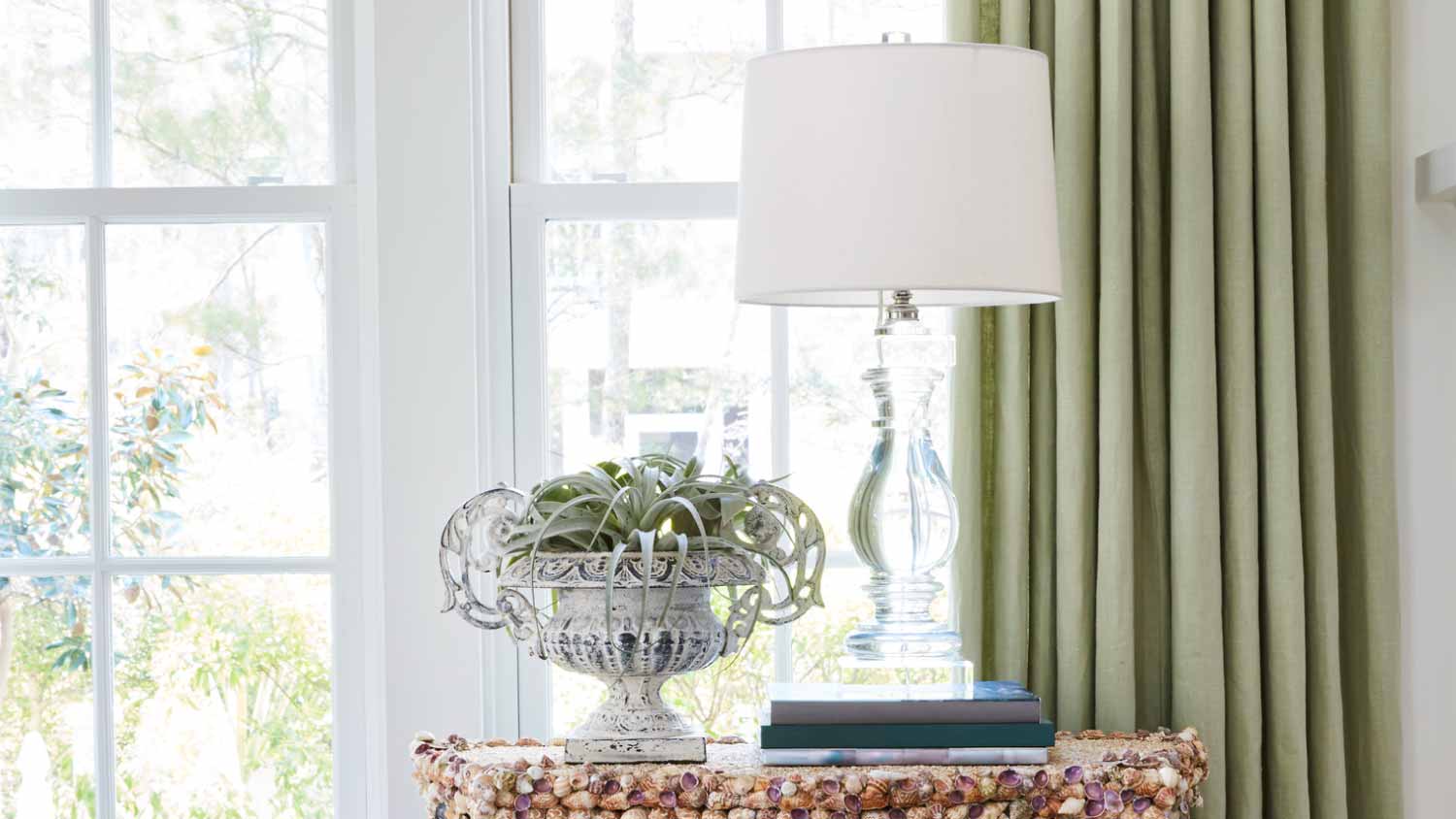
The cost range for renting a moving truck varies widely, so what can you expect to pay for your move? This cost guide breaks down all of the factors.
You can ensure safe travel for your lamps by packing them carefully for moving day


Wondering how to pack lamps for moving to ensure they reach your destination safely? Lamps have lots of parts that can get broken, making them harder to pack than most other home furnishings. But it’s worth packing them well to avoid damage, so let’s get set up to prep lamps for moving so you can use them for years to come in your new home. Plus, with the help of a local moving company, you can ensure other delicate items make it to your destination in one piece.

Since lamps are a fragile item with many delicate parts, they can get broken easily. Protecting electrical cords, lamp shades, bulbs, and bases is important for keeping your lamps working in your new space.
While they might not seem delicate, the cords strung through the base of a lamp can get twisted, pulling them out of the contacts for the light bulb, or the bulb receptacle could get crushed by a heavy object. Even an LED bulb can break by being jostled around on a hard surface, so keeping your lamp parts intact is an important step in your moving process.
The cost to pack lamps for moving is between $25 and $140. The primary expenses are the protection materials and moving boxes. Wrapping paper for delicate items costs between $20 and $33 for a 900- to 1,200-foot-roll, depending on the width. Bubble wrap will cost between $5 and $40 depending on the size roll you need.
If you repurpose or find a box from a grocery store or other reusable box, it will be free but might not fit snugly around your lamp. However, a specialty tall lamp box costs about $65 and will make packing and moving the item easier.

To keep your lamps safe, you’ll need to disassemble them first. Remove the bulb and shade and pack any loose hardware in a labeled ziplock bag will set you up for success. Once the parts are separated, wrap any of the fragile pieces in before boxing them up. This step includes glass shades, bulbs, and bases that can be broken or dented in transit.
Pay special attention to the cord, keeping the plug protected so the tines don’t bend. Once all the parts of the lamp are wrapped, you should place them in their boxes, making sure that all open space between parts is filled with packing material.

Follow these guidelines for packing different types of lamps and lamp parts for moving.
Once you’re ready to start packing, unplug your lamps and allow them to cool for at least ten minutes if they've been running. Then, remove the light bulbs from each of your lamps. Devote one of your moving boxes (or an unused box) to carry your light bulbs..
There are two ways to pack light bulbs:
Box dividers: Invest in box dividers where you can slot each bulb. These cost between $10 and $20.
Bubble wrap: Individually wrap each bulb in bubble wrap, and then pack them on top of each other in a small-to-medium-sized box.
Start by wrapping the base of the lamp in a layer of paper or other soft material. You should coil the cord and wrap it and the plug in bubble wrap or foam to protect it and prevent it from bouncing around and scratching the lamp base. Line the box with padding to cushion it from other objects, and then place the wrapped lamp base in the lined box.
Lamp shades can be fragile because they’re usually made from stiffened fabric, thin plastic, or glass. Because of their shape, they tend to be bulky, so boxing them up can be tricky. Wrap them in a layer of paper of other soft material and then stack similarly sized shades together as space in the box allows. You should never pack lamp shades with heavy items because anything that shifts during transit can damage the thin, delicate material.
Salt lamps need special consideration because they can be affected by moisture and since there is no way to separate the shade from the base, all the parts will go together in the same box. Use some stretch wrap to keep your salt lamp dry and use a desiccant in the box to help keep the lamp dry in transit. Once it’s wrapped in plastic, using bubble wrap or other packing material to fill all the empty space around the salt lamp will keep it safe.
Larger lamps can be hard to protect. If possible, break them down into the smallest parts possible. Be sure to remember how the lamp parts go together so you can reassemble it in your new home. Wrap all of the pieces in a layer of paper, foam, or bubble wrap and use stretch plastic to hold it in place if necessary.
To keep the lamp safe in transit, you can either use a large specialty box, or you can build a box around it from flat corrugated cardboard held in place with packing tape. Label any pieces that you separate from the base to make it easier to reassemble in your new place.
The trick to keeping lamps from breaking when moving is to make sure they don’t have space to bounce around in the box. To prevent damage to your lamps, you should follow these steps:
Wrap each part separately
Choose a moving box with a base that’s slightly bigger than the lamp
Create a soft barrier between the lamp parts inside the box
Make sure to line the box so the parts have a cushion outside the box
Coil the cord and wrap it to keep it from getting tangled
Use bubble wrap or a plug protector to keep the plug from getting damaged
Make the box rattle-proof by filling open spaces with packing material
Label your hardware carefully
Mark the box as “fragile”
Label all your parts separately
If you pack your own lamps, you could potentially complete this task for free if you repurpose boxes and newspaper for packing material. However, you’ll still need packing tape and markers so you can spend anywhere from $3.50 to $140, depending on the size of your lamp and how much packing material you need.
The cost to hire a professional packing service is about $1,000 but can cost less if you only need help packing a few specialty items. Most professional packers charge between $32 and $45 per hour.
A packing and unpacking service will handle packing all of your belongings, including lamps. They might charge extra for moving your items or packing a truck. There are often extra costs associated with a move, so getting to know the essential moving terms will help you figure out how much your moving services will cost.
From average costs to expert advice, get all the answers you need to get your job done.

The cost range for renting a moving truck varies widely, so what can you expect to pay for your move? This cost guide breaks down all of the factors.

Learn about storage unit cost based on the size, type, and features you need to safely keep your household and other possessions.

The average shipping container rental cost varies based on factors like size and rental duration. Find out how to budget for renting a shipping container.

Moving soon? Use this comprehensive checklist to stay organized.

Packing up and hauling your belongings to a new home is no easy feat, but these tips for long-distance moves will keep you on track.

Moving your car across the country can cost hundreds or thousands of dollars, depending on if you plan to drive, tow, or ship it.